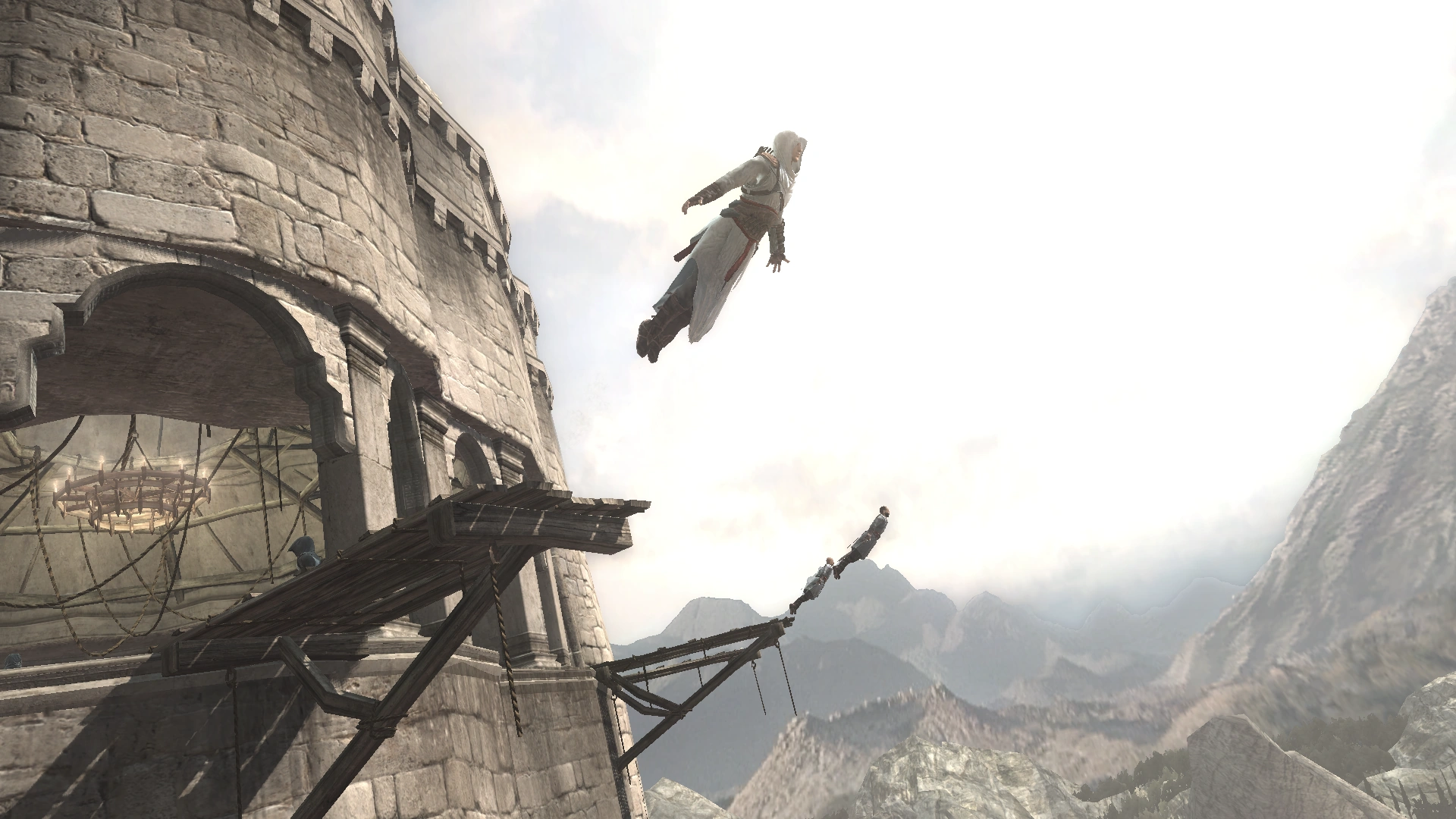Presentation Takeaways – Luis Brito, 2K Games
This past Saturday October 12, 2K game designer Luis Brito visited the Game Development Network for a presentation on his career at indie and AAA studios. Luis has worked on games such as A Hat in Time, WWE 2K19, and Legends of Aria.
Luis’ Career

Luis began the talk with an overview of his experiences getting into the games industry. Although his education was in computer science at George Mason University, he worked on personal projects, finding collaborators through the internet and by word of mouth. He also started a chapter of the IGDA (International Game Developers Association) at his school, and was eventually accepted to the IGDA Scholars program. The IGDA Scholarship is an educational program which pairs college students who have a passion for game development with mentors in the industry, along with perks such as passes to GDC.
Afterwards, he started a small indie games co-op which would contract developers to work on projects together on an ad-hoc basis. Although few of these projects actually shipped or succeeded, Luis learned more about the process of working in group environments. With the mentorship of two designers from Ubisoft, Luis got his first designer role at Level-5 International America, then a contract role as a level designer for A Hat in Time, and most recently a position at 2K Games.
Design Tests

Part of Luis’ ongoing process of learning game design is to make design breakdowns of specific systems in his favorite games. On the Designs section of his website, Luis lists his analyses of systems like the Leap of Faith mechanic in Assassin’s Creed and the Rodeo mechanic in Titanfall 2. These writeups are formatted like internal design documents, to show his ability to clearly communicate the ideas and implementation of game mechanics.
This practice also helps Luis apply for designer roles in the industry. In addition to the typical application process, game companies will also give you a “design test” – you have roughly a week to address a design prompt such as designing a cover system for an FPS, or a talent tree system for an RPG. Dissecting the game design of existing games both gives Luis ideas for these design tests, and also helps him articulate the impact which each system has on the systems around it. His breakdowns include the art and programming involved, and the costs of implementation along the actual gameplay design.
He also makes a point of including graphics to illustrate his ideas. In his words “You can write all you want, but it means nothing if your reader doesn’t know what’s happening;” if an illustration will make your design easier to understand, include it. This is also an opportunity to show your skills in illustration and graphic design!
Advice for Developers

The final part of Luis’ presentation centered on advice for aspiring game developers.
- Get as much feedback as you can: Keep an active presence on platforms like Twitter, Discord, ArtStation, and more. Whenever you make something, post it and pay attention to the feedback. You’re bound to get input on something you may have overlooked.
- Talk to your team: It’s very hard to tell if your ideas are good or usable if you develop them in a vacuum. Even if you’re not working on a team, find people to keep you accountable.
- Don’t let your work go unnoticed: As a designer, your capital is the work that you do. People should know who you are and the work that you do, because you are the face of the team. Make sure you claim credit for what you make!
- Get inspiration from stuff that isn’t games: Read, go to museums, take pictures, listen to music; incorporate the media you love into your creative process.
- Figure out how you work best: Do you come up with your best ideas on the fly? Thinking in the shower? Watching movies? Figure out how to make your process uniquely your own.
- Don’t reinvent the wheel: Get mentorship, talk to professors, go to conferences; admit when you don’t know how to do something, and don’t be afraid to ask for help.
- Make friends with other devs: Use networks like IGDA and LinkedIn, work on projects with classmates, go to meetups, and make yourself known; the game industry is very small, and you will run into the same people a lot. Having good relationships with them helps your career!
- Know your worth: Ask for what you think is fair, stand up for your coworkers, and call people out if they’re acting badly. Making your workplace a better place to be helps everyone, and ultimately makes for better games. If it seems like your employer doesn’t have confidence in a project or its employees, it might be a sign to leave.
- Take a chance: Even if you don’t feel like you’re ready, it doesn’t hurt to apply for as much stuff as you can. Apply to IGDA Scholars, GDC conference associates, even internships at companies Riot and Blizzard. Enter design challenges and try to get your games in IndieCade and other competitions; even if it doesn’t work out, post it anyway!
And finally…
- START NOW: As busy as we are with school, we have more free time now than we will as full-time employees; use the time to make stuff!
Luis can be contacted through @BurritoGaiden on Twitter or over email at luisybj@gmail.com. His website is at luisbritodesign.com.
